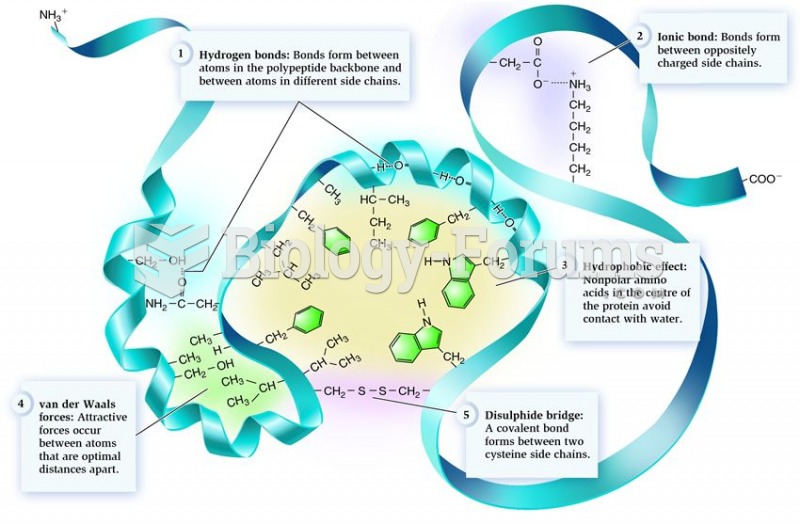Answer to Question 1
Answer: While most children show improved adjustment by two years after divorce, overall, children and adolescents of divorced parents continue to score slightly lower than children of continuously married parents in academic achievement, self-esteem, social competence, and emotional and behavior problems. Divorce is also linked to problems with adolescent sexuality and development of intimate ties. Young people who experienced parental divorceespecially more than oncedisplay higher rates of early sexual activity and adolescent parenthood. Some experience other lasting difficultiesreduced educational attainment, troubled romantic relationships and marriages, divorce in adulthood, and unsatisfying parentchild relationships.
The overriding factor in positive adjustment following divorce is effective parentingshielding the child from family conflict and using authoritative child rearing. Parent-training programs can help custodial parents support their childrens development. Where the custodial parent is the mother, contact with fathers is important. The more paternal contact and the warmer the fatherchild relationship, the less children react with defiance and aggression. Some studies indicate that outcomes for sons are better when the father is the custodial parent. Regardless of the extent of their friction, divorcing parents who manage to engage in coparenting, supporting each other in their child-rearing roles, greatly improve their childrens chances of growing up competent, stable, and happy. Caring extended-family members, teachers, siblings, and friends also reduce the likelihood that divorce will result in long-term difficulties.
Answer to Question 2
Answer: Popular children are those who get many positive votes when researchers evaluate social preferences and peer acceptance. Popular-prosocial children are both well-liked (socially preferred) and admired (high in perceived popularity). They combine academic and social competence, performing well in school and communicating with peers in friendly and cooperative ways. But other popular children are admired for their socially adept yet belligerent behavior. Popular-antisocial children include tough boysathletically skilled but poor students who cause trouble and defy adult authorityand relationally aggressive boys and girls who enhance their own status by ignoring, excluding, and spreading rumors about other children. Despite their aggressiveness, peers often view these youths as cool, perhaps because of their athletic abilities and sophisticated but devious social skills. Although peer admiration gives these children some protection against lasting adjustment difficulties, their antisocial acts require intervention. With age, peers like these high-status, aggressive youths less and less, eventually condemning their nasty tactics and rejecting them.







